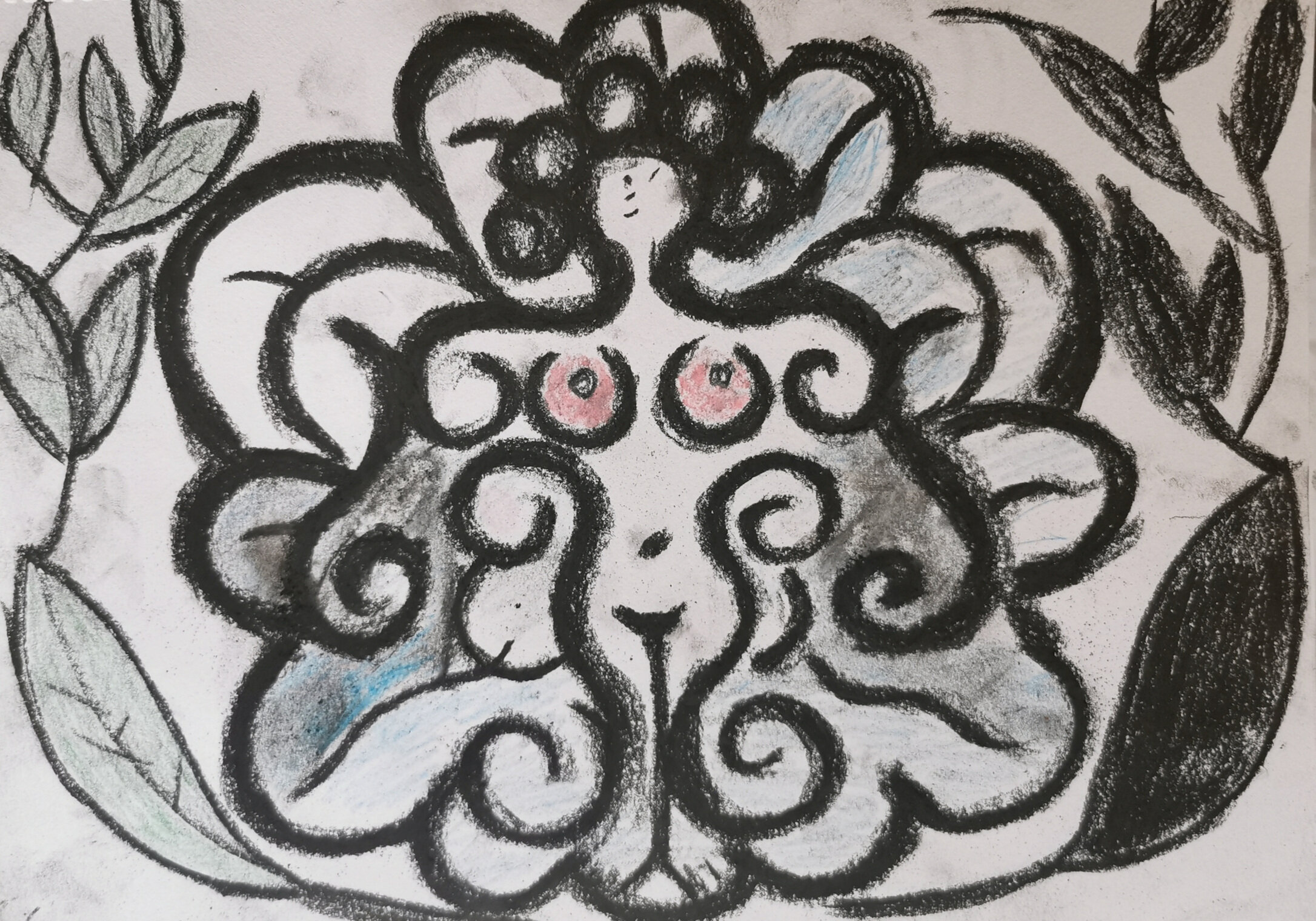Review / 02
London based ActionSpace artist Miriam Jane Ramsey reviews the Jean Dubuffet Brutal Beauty exhibition at the Barbican, in her own unique way.
Jean Dubuffet, Clown’s Point (La Pointe au pitre), September 1956, Stedelijk Museum Amsterdam © 2021 ADAGP, Paris/DACS, London, Courtesy Stedelijk Museum Amsterdam
In July 2021, Miriam Jane Ramsey from ActionSpace visited Brutal Beauty with Jennifer from Art et al. It is an exhibition in London celebrating French artist Jean Dubuffet (1901-1985), one of the most singular and provocative voices in postwar modern art. Miriam has been commissioned to write her own review, that includes some words, a poem and a drawing.
The Dubuffet exhibition at the Barbican in London is the first major survey of his work in the UK for over 50 years, showcasing four decades of his career, from early portraits and fantastical statues, to butterfly assemblages and giant colourful canvases. Alongside his own work, the exhibition features works from Dubuffet’s collection of Art Brut (a phrase he coined, which translates literally as ‘raw art’). Acquired throughout his life, these works, and the artists that created them, profoundly impacted his approach to the making and meaning of art.
Enjoy reading, and if you’re in London, you have until 22 August 2021, to catch this exhibition.
Writing to the Rhythms of My Heart
I write about the rhythm of the soul of Dubuffet, in the eyes of exhibits that I saw in this exhibition. What I liked about the exhibition is that I could look and look, and every time I looked into the eyes of the works, I found that they gave me something different. Initially on seeing his photograph upstairs in black and white, I thought he looked like a scientist more than an artist. I saw that he loved light, just by his gaze, and it was not directly at me or at anyone else.
I felt that he expresses his feelings in his work, more than others do. I would love to revisit the exhibition, especially to look at the papier mâché man with teeth and eyes who is gazing at eternity. (Due to copyright reasons we cannot share this image, but it was titled ‘The Astonished Man’, 1959). I thought that figure was so strong and I would have loved to have owned it. It inspired me. I think the fact that it was in a glass box made me feel that it was impenetrable. Then I moved my gaze to his other sculptures too. Those were very interesting to me because they actually had expressions that were more real, than real human expressions in the flesh. After all, flesh is a kind of sculpture of raw energy in blood, like a sack that takes a shape, but it's such a beautiful shape that you forget anything or what it is made from and you focus on the shape. It pointed out to me, that we are made of many parts and that we are complex and that we hurt sometimes. Things are not made better by anything, but your own effort in life and love. I noticed that Jennifer bought a couple of postcards on the way out, when we stopped at the store, of some pieces she liked. It wasn’t easy for me to choose my favourites, but I think it was the man [sculpture] looking like he was gazing at eternity. It was a strong piece of work.
Also, I thought that Dubuffet was a man that loved earth as much as he loved women, and that's why he opened the door to me to paint some butterflies and a woman in some drawings after. The human butterfly is about desire – the birth of desire. She cheats death with lusting, and she lasts. Thank you Dubuffet.
Jean Dubuffet, Restaurant Rougeot I, 28-29 March 1961, Collection Foundation Dubuffet, Paris © 2021, ADAGP, Paris/DACS, London
Other thoughts from Miriam
I was awestruck by the puffy women paintings. They felt wet of sensuality with the paint splatters and sploshes. I thought he had a feeling for the sensuality of women that he conveyed beautifully. They were not soppy paintings. They stood nicely and they communicated. I came home and liberation poured out of me and I felt that I was a lucky person to be born in my skin. The scribbles in the women ink drawings were beautiful too. He really communicated to me. I felt very light and airy. Even the ones that were deadly boring, like the concrete paintings, lulled me into a sense of brown and grey and sparkly bits and calmness. They are not something I would go for myself, but he has liberated me in a funny kind of way.
I think his exploration into the mind of people was really fascinating. Jennifer, when you described a painter [Augustin Lesage] who did things the same on the one side as the other side of the painting, this was very interesting to me. I do remember people at painting school, and we talked about tortured minds and what their work might be like. Maybe he [Lesage] was tortured, but he had a cathartic quality in his work. It was good for me to know that through my art I can do this too and I can exorcise whatever has been troubling me previously. So, I found an echo in a lot of these things and lots of the other artists that I saw too.
There was a lot for me to discover about him [Dubuffet], and I am now searching for new meanings in my art and life. I describe the creative process as searching and I say to myself “okay I am going in” and I’ll see what comes out of this line. Dubuffet made the line more fluid and I am trying this in my work.
I felt like I was a child with no knowledge when I went there, and I came out much more womanly and interested and grown up!
Miriam Ramsey’s inspired image, following her visit to Brutal Beauty – The Woman in the Rose
The Brutal Artist, Dubuffet – A poem by Miriam Jane Ramsey
Ideas belong to a thought rainbow inside our hearts,
Different colours and moods, like flowers in a park.
They grow in our minds when we take in art.
Because we are born with nothing we leave with nothing too.
Always I own the landscape of my mind.
We have ideas, they may be given to us, or we take them?
But we never should sell them, as money is just a dead image.
An image we killed in our heart first, to make art.
Love life, as love is king.
You are a scavenger, that hunts the soul of earth, in objects in dirt.
I am tidy in my flat, but smart in the city, I look for ruff diamonds to take with me.
You show me the great outside, I am warm from the inside.
You stand there looking at me, through eyes that know,
I look back at you, am curious about life,
my paintings teach me that you are good,
I see you feeling the soft earth, holding it close to you.
Tell me your power, of human,
not that I may copy you, just tell me you love me too.
Through art, that floats like a breeze in the hand of time.
Hand me crystallized thoughts, your art are rocks now,
the sun no longer strokes.
And let me see inside your minds eye,
like the pleasure of a sudden kiss from a total stranger.
Is your art great?
I am like a smiling baby at life from a cot,
fear leaving me, I breath again, to dance to the energy of the universe,
so lingering here, I see the beauty of the whole of the earth.
Miriam Ramsey’s inspired image, following her visit to Brutal Beauty – The Woman in the Butterfly
—
© Dubuffet copyright under his images. Other images courtesy of Miriam Jane Ramsey.
Banner image (darkened and cropped): Detail of Jean Dubuffet, Clown’s Point (La Pointe au pitre).





